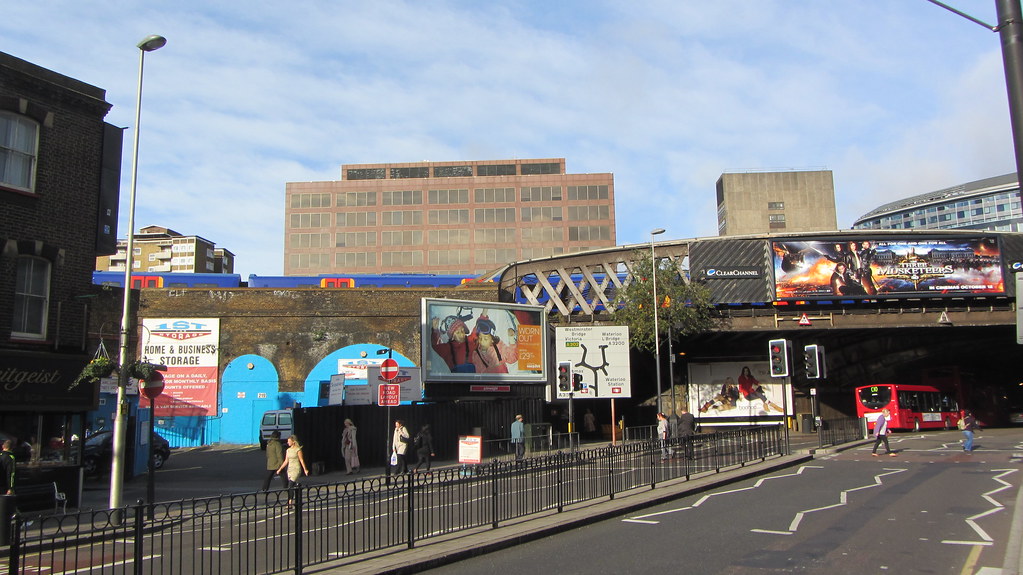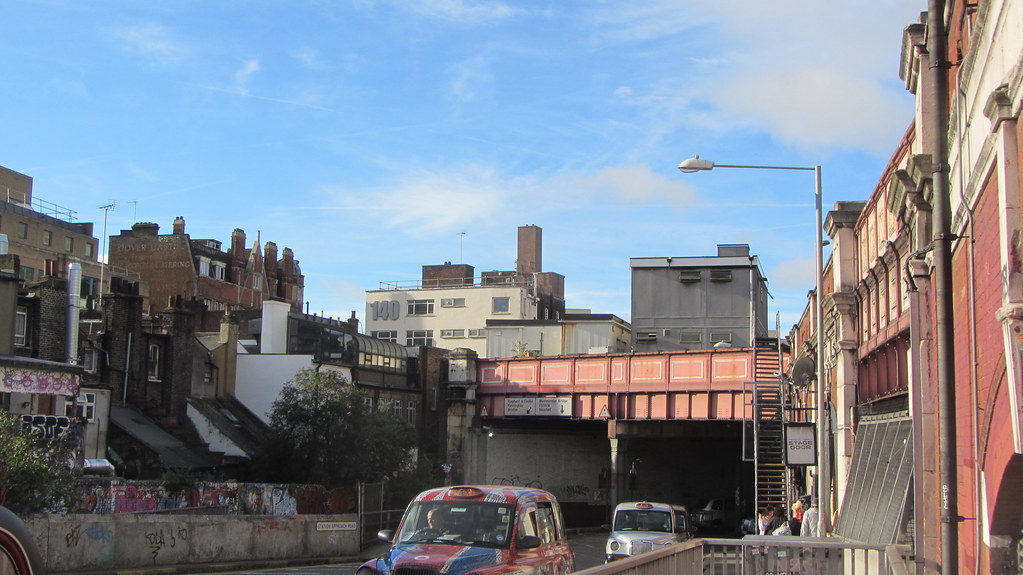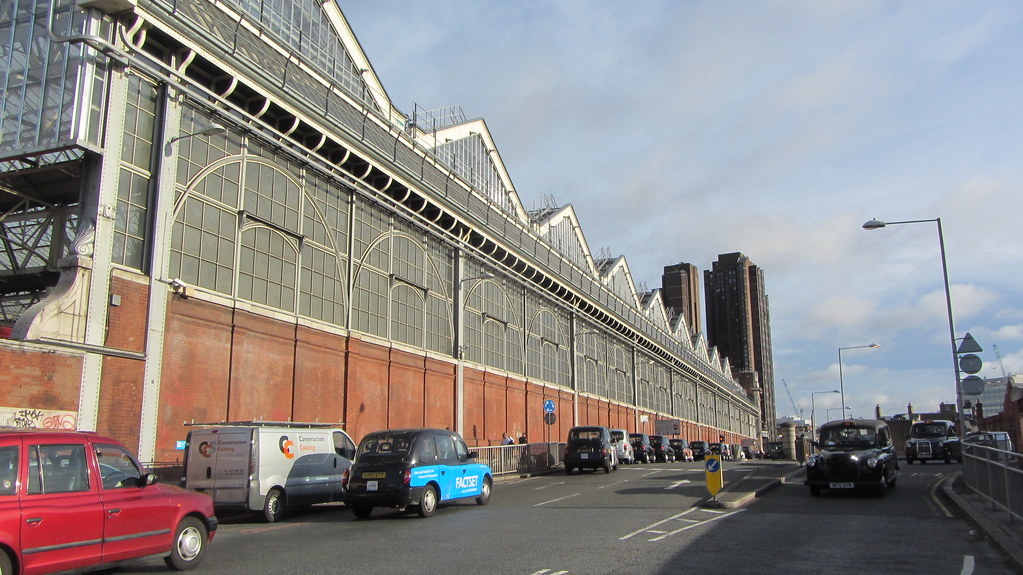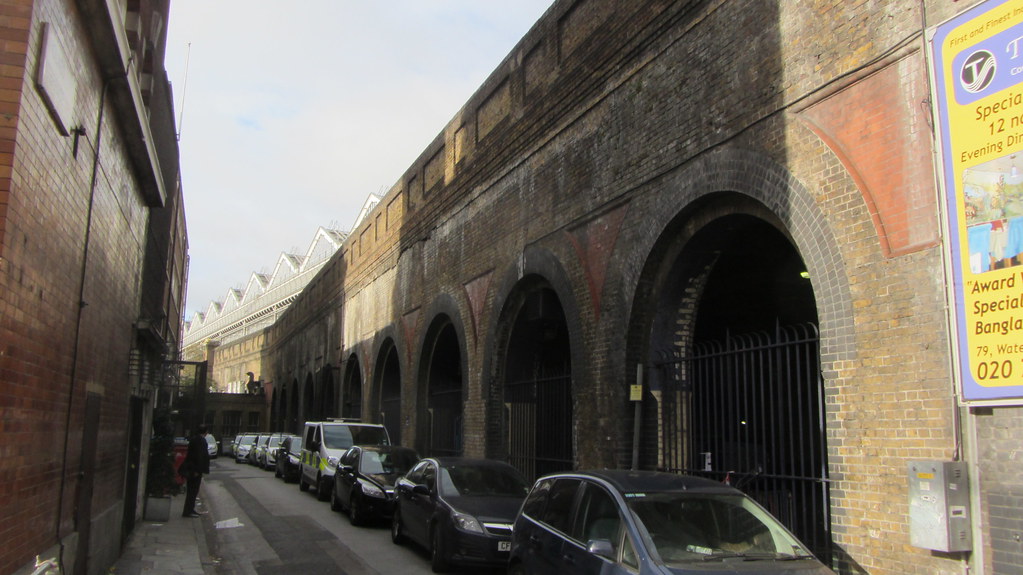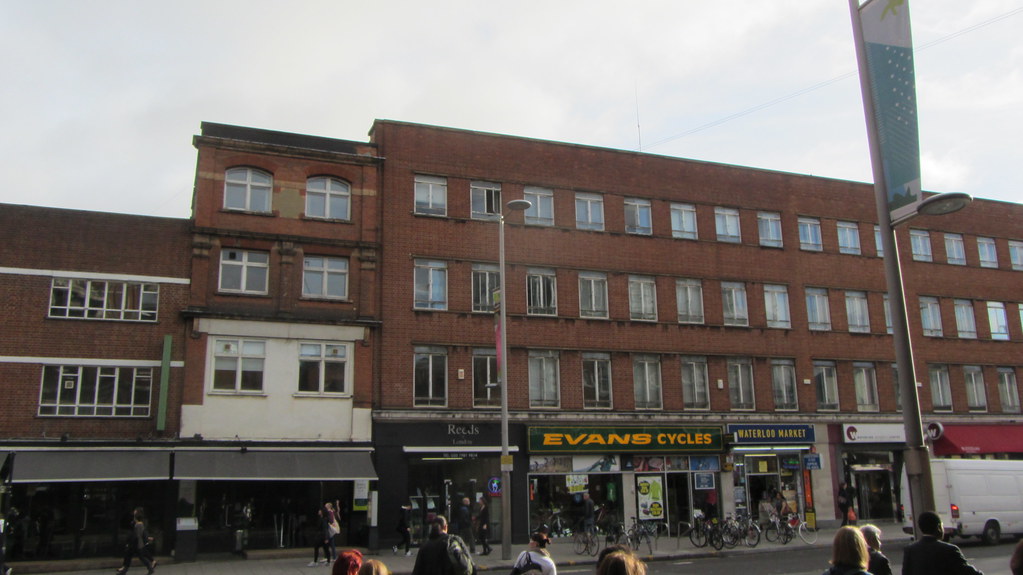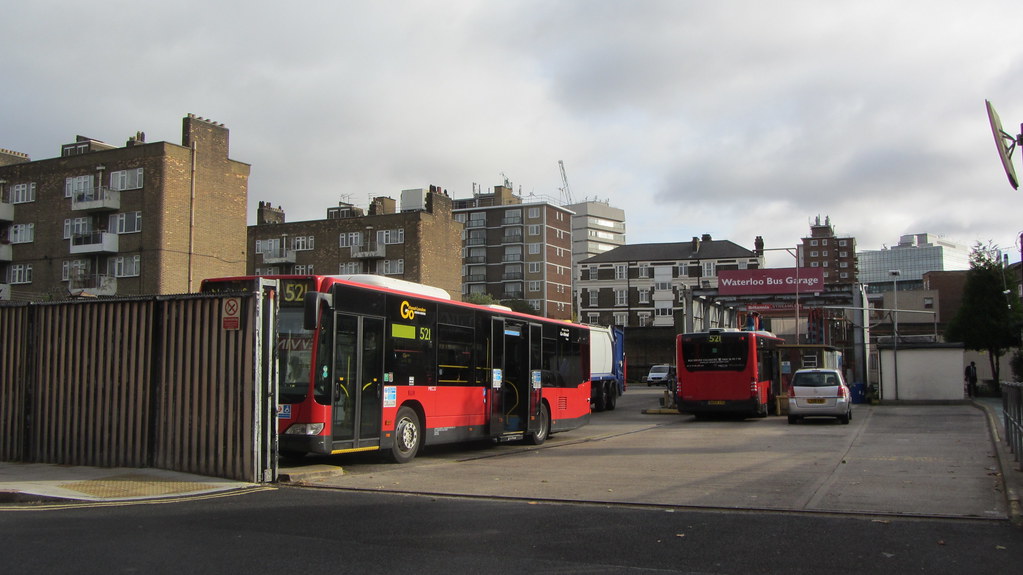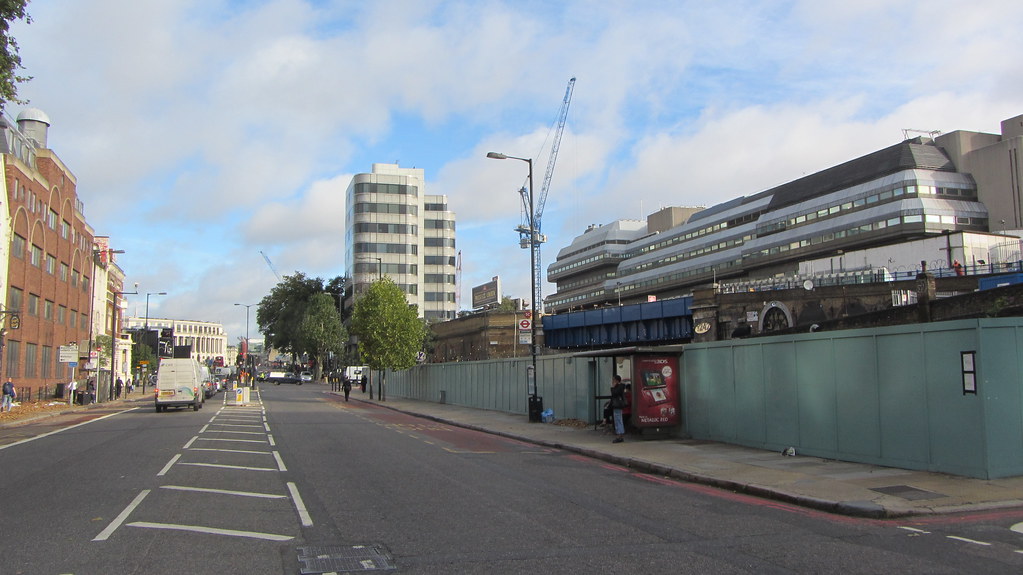Update 2011-11-02: This blog was written just before Labour suggested routing via Heathrow and Lord Foster release the Thames Hub proposal. Read on to understand why it is essential that the UK decides on Heathrow vs Thames Hub *before* deciding on HS2 (if Heathrow declines or is closed, the sensible HS2 route would be very different)
For HS2, a number of groups have come together in the Right Lines Charter to encourage Government to think a little more deeply. The first principle of the charter is that High Speed Rail should only be introduced within the scope of a national framework. This is especially important when considering access to Heathrow.
As I've noted before, Heathrow is a major factor in the current HS2 route proposal. The original terms of reference framed the route planning with a "via somewhere near Heathrow" approach, partly to replace domestic air routes by High Speed Rail. Those opposed to Heathrow's third runway were in agreement as removing domestic air "obviously" helps Heathrow.
Thus, HS2 route evaluation was constrained to include only those routes running to or near Heathrow. (Old Oak Common was the choice made).
This constraint had some big effects:
Firtsly, the Heathrow constraint forced the route to Birmingham and the North from London to start in West London, rather than in Central London. A simple look at the map shows how the proposed line from Euston spends a long time heading west and south(!) to reach Old Oak Common, before it starts any travel to the north. Clearly this is only justified if Heathrow is a big enough target.
Secondly, the Heathrow constraint lengthened the route from the shortest possible (by adding the dog-leg via Heathrow). As such, it became necessary to make the trains go faster to meet the journey time reductions that Britain's broken transport economics require. Hence the 400kph design speed, which in turn lead to the straight line route through the Chliterns.
Thus, the net effect of the terms of reference and focus on Heathrow was to compromise sensible evaluation of other options. For example, the M1 route was rejected partly because the evaluation still required the line to go via Old Oak Common, which is clearly a crazy direction if you want to go from Euston to the M1 (just look at a map!!!)
To be clear, the HS2 route is a result of the constraints applied - of "somewhere near Heathrow" and "serving Birmingham in phase 1" The constraints became locations - Old Oak Common and Birmingham Interchange - and between these two constraints, the HS2 route chosen is one of very few options available. It is the broken constraints I object to, not the Chiltern routing per se. (ie. if I agreed with the constraints, and thus the constraining locations at each end, I would have relatively few qualms about the chosen route.)
But is Heathrow important enough to justify all this?
Well, I started this article with a link to the Right Lines Charter and its desire for a national framework for the investment. An absolutely key part of that framework is a national policy for airports.
Put bluntly, the UK and London airport situation is a national disgrace, with Heathrow merely one element. Its the classic example of how the UK fails to properly provide national long term plans that make sense and aren't overtly political.
Most MPs, and perhaps many people in the UK, still see Heathrow as something important. A vital hub airport in the world's network.
But the truth is that Heathrow is no longer in the first tier of world hub airports.
A two runway airport simply doesn't cut it anymore as a hub. Paris, Amsterdam and Frankfurt now clearly lead Heathrow in Europe (with four or more runways), with British Airways now looking at Madrid (four runways) as the solution to the lack of space at Heathrow. This matters in that there are far fewer direct flights to destinations in China, India and other upcoming destinations - from London you have to change at another hub. Over time, this acts as a major disincentive for multi-national inward investment based growth in the UK.
So, the solution is to remove all domestic flights from Heathrow, leaving more space for international flights?
Well no. Only around 10% of all take offs and landings at Heathrow are domestic, and some of those are flights across the water to Belfast. So, while HS2 could remove some domestic flights from Heathrow, it certainly wouldn't remove enough to convert it into a viable first tier hub.
Thus, a key national question for politicians is whether they want the UK to have a globally significant first tier hub airport. Heathrow isn't one (and a third runway probably wouldn't have been enough, as four runways is the current "standard" for a hub).
There are various possible solutions to the hub issue, including an island to the east of London, greatly expanding either Stanstead or Gatwick to 3 or 4 runways, or expanding both Stanstead and Gatwick to 2 runways each - sending each airline alliance to a different airport. Another solution is to say that the UK doesn't need a first tier hub. (HS2 implies use of Birmingham to relieve Heathrow, which is fine if everyone travels to airports by train, but we should recognise that simply isn't the case, thus Birmingham Airport is a bit of a red herring here.)
The key point I'm making is that Heathrow is a bit of a dead duck. Its not going to grow any more. In fact its going to reduce in importance over the next 50 years, not increase.
So, the truth is that Heathrow simply doesn't matter enough to the UK over the 50 year investment lifetime of HS2 to force the entire High Speed route strategy to serve it. The vast majority of passengers from the northern cities want to go to London (or somewhere around London) not Heathrow. Airport traffic as a proportion of the total is actually very small (HS2 Ltd estimate less than 2000 passengers per day).
And its this uncomfortable truth that the Right Lines Charter's "national framework" drives at. Without an airports policy that underlines the lack of importance of Heathrow, its difficult for politicians and civil servants to realise that the HS2 focus on Heathrow is plane stupid!
(As it happens, Old Oak Common serves a second purpose - linking to Crossrail, but that has generally been seen as a secondary item compared to serving Heathrow. In reality from a transport perspective, the Crossrail distribution effect is far more important than Heathrow, but getting that message across to non-rail audiences seems to be hard. However, if you remove Heathrow, it also turns out that the distribution effect could be fulfilled in other ways, such as linking to Thameslink if routing via Luton/West Hampstead.)
Summary
Accepting that Heathrow is on the decline is sometimes hard, especially when it seems like a permanent fixture in UK geography. But it is simple logic to see that Heathrow will over the next 50 years come to matter to UK air travel less and less.
But if UK air policy decides to shift to an estuary airport, or a hub at Stanstead/Gatwick, then it completely changes the rationale for a High Speed Rail route directly to "somewhere near Heathrow". Heathrow is no longer important enough to the UK to justify that.
And as I've described before with HC-Midland, removing that broken constraint can result in a much more sensible routing for the new lines the UK rail network desperately needs.
